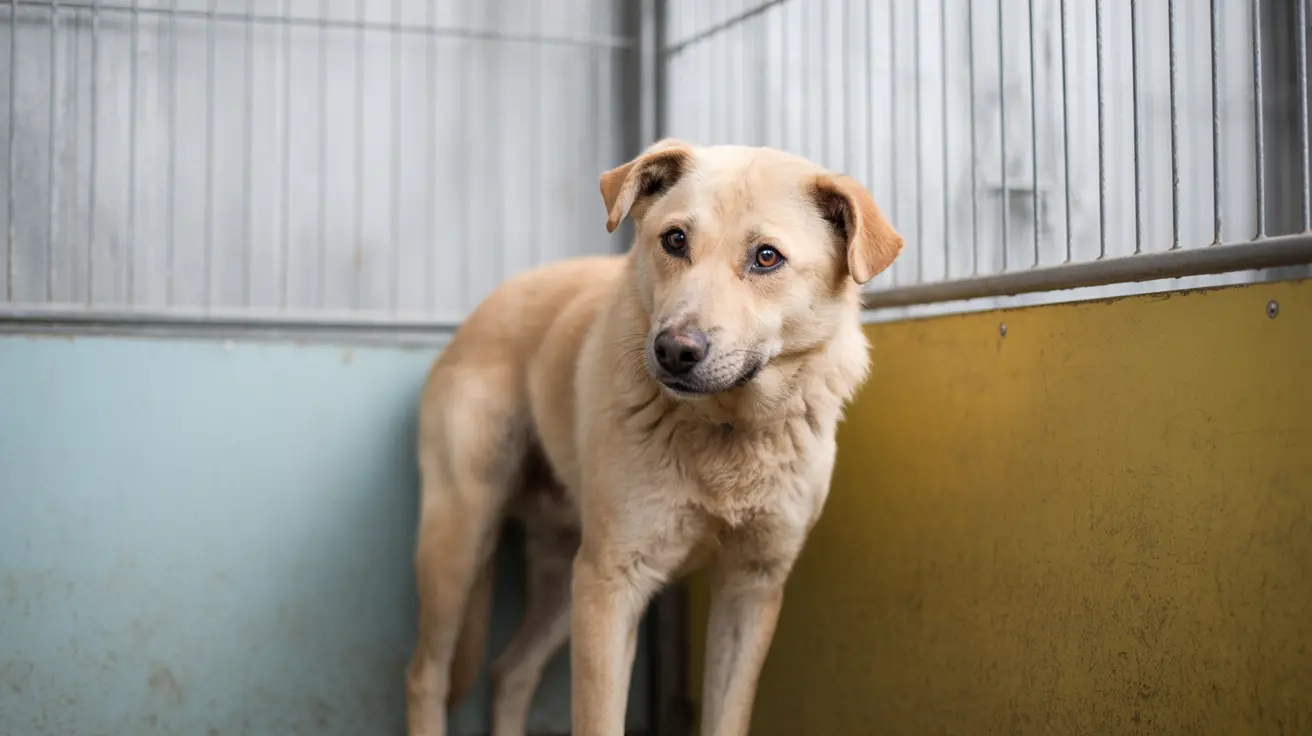How to Get a Free Service Dog: Steps, Eligibility, and What to Expect
Service dogs are remarkable companions, offering vital support for people living with physical, psychiatric, or developmental disabilities. Unlike emotional support animals, these dogs undergo extensive training tailored to their handler’s unique needs—think guiding the blind, alerting to medical emergencies, providing mobility support, or retrieving items.
Who Qualifies for a Free Service Dog?
Eligibility typically starts with a documented disability that substantially limits one or more major life activities. Disabilities that often qualify include:
- Autism spectrum disorder
- PTSD or severe anxiety
- Mobility impairments
- Epilepsy
- Diabetes
- Visual or auditory impairments
A licensed healthcare provider must confirm your diagnosis and explain how a service dog would help mitigate specific challenges you face daily.
The Main Paths to Getting a Service Dog
You have two main options: applying to a nonprofit organization that trains and places service dogs, or training a dog yourself (self-training). For those seeking a free service dog, nonprofit organizations are usually the best route.
Applying Through Nonprofit Organizations
Many reputable nonprofits—such as Canine Companions and Paws With A Cause—offer programs where dogs are carefully selected for temperament and skills before being matched with recipients. Here’s what the process often looks like:
- Application Submission: Complete an online form detailing your needs and background.
- Medical Documentation: Provide paperwork from your healthcare provider confirming your qualifying disability.
- Interviews & Assessments: Participate in interviews (sometimes via video) so the organization can understand your daily life and environment.
- Home Visit: Some programs require a home visit (or video tour) to ensure it’s suitable for a service dog.
- Waiting Period: Due to high demand and limited resources, you may wait several months—or even years—for placement.
Certain organizations cover all costs through donations and grants. For example, Canine Companions places service dogs completely free of charge. Others may ask recipients to fundraise part of the cost or contribute in some way.
The Role of Accredited Organizations
Assistance Dogs International (ADI) accredits many respected service dog programs worldwide. These organizations adhere to strict standards for selection, training, placement, and ongoing support. Some focus on particular populations—like veterans or children—or on specific disabilities such as visual impairment or PTSD.
The Application Journey: What You’ll Experience
- You’ll submit detailed forms about your health history and daily routines.
- An interview (in person or virtual) helps trainers understand your environment and needs.
- If accepted into the program, you might attend orientation sessions or meet-and-greets with potential canine partners.
- A team training period follows placement—where you learn how to work together under expert supervision.
- You’ll receive ongoing support: check-ins, refresher training opportunities, and guidance throughout the dog’s working life.
The Cost Factor: Why Are Free Service Dogs Rare?
The cost to train a single service dog can range from $10,000 up to $60,000 depending on tasks required and length of training. Nonprofits rely on donations, grants, and sometimes fundraising by recipients to cover these expenses. That’s why waiting lists are common—and why eligibility requirements are strict. Still, many organizations strive to make their programs accessible regardless of financial means.
The Types of Service Dogs Available
- Guide Dogs: Assist those who are blind or visually impaired.
- Hearing Dogs: Alert handlers who are deaf/hard of hearing to important sounds.
- Mobility Assistance Dogs: Help with balance, retrieving objects, opening doors.
- Medical Alert Dogs: Detect seizures (epilepsy), blood sugar changes (diabetes), etc.
- Psychiatric Service Dogs: Support those with PTSD or severe anxiety by interrupting panic attacks or providing grounding behaviors.
Your Responsibilities as a Handler
If you’re matched with a free service dog through an organization: p





